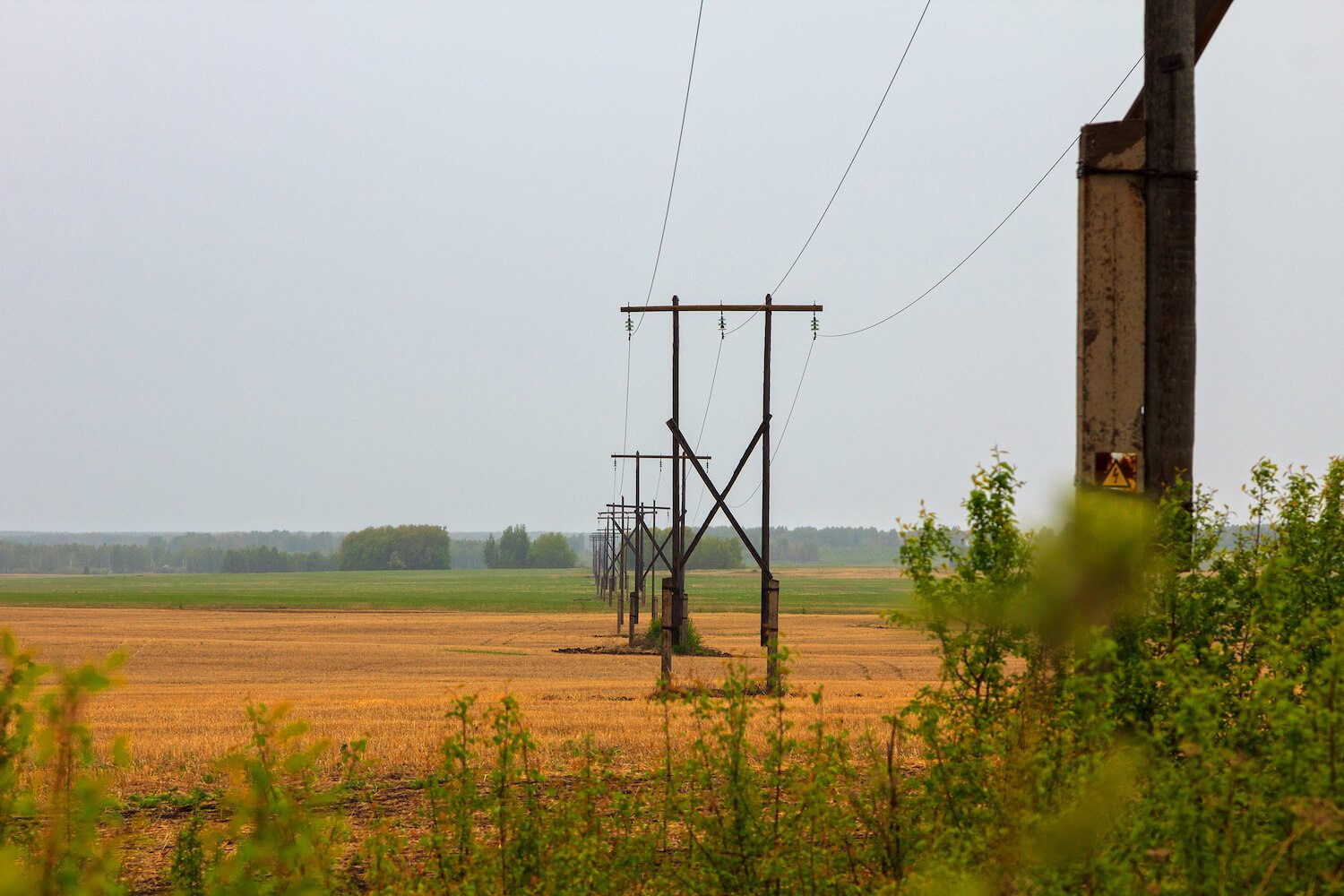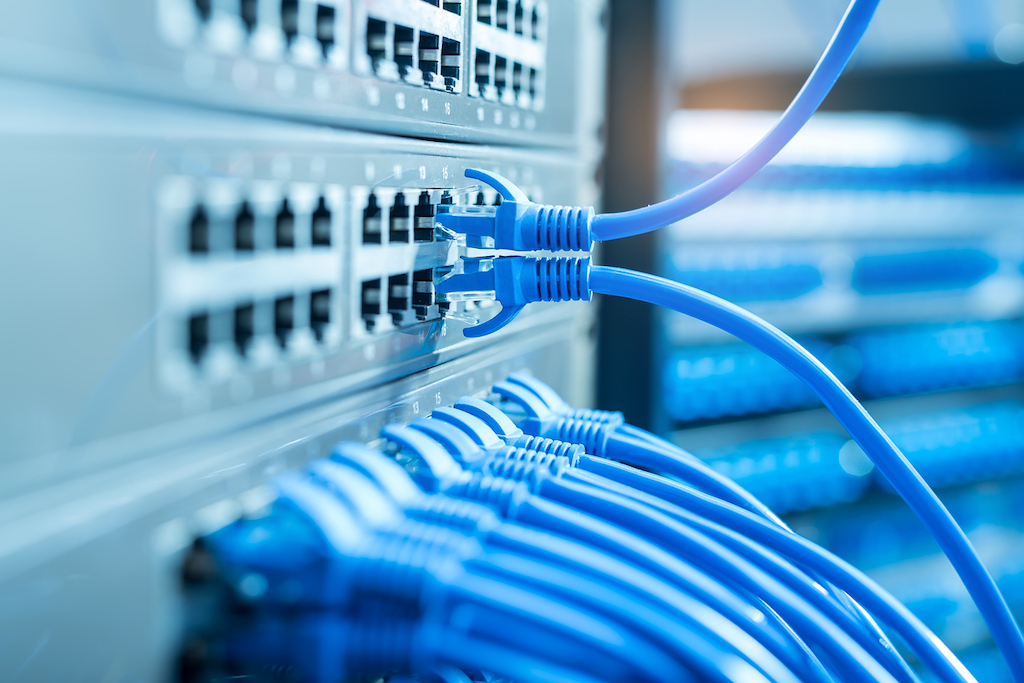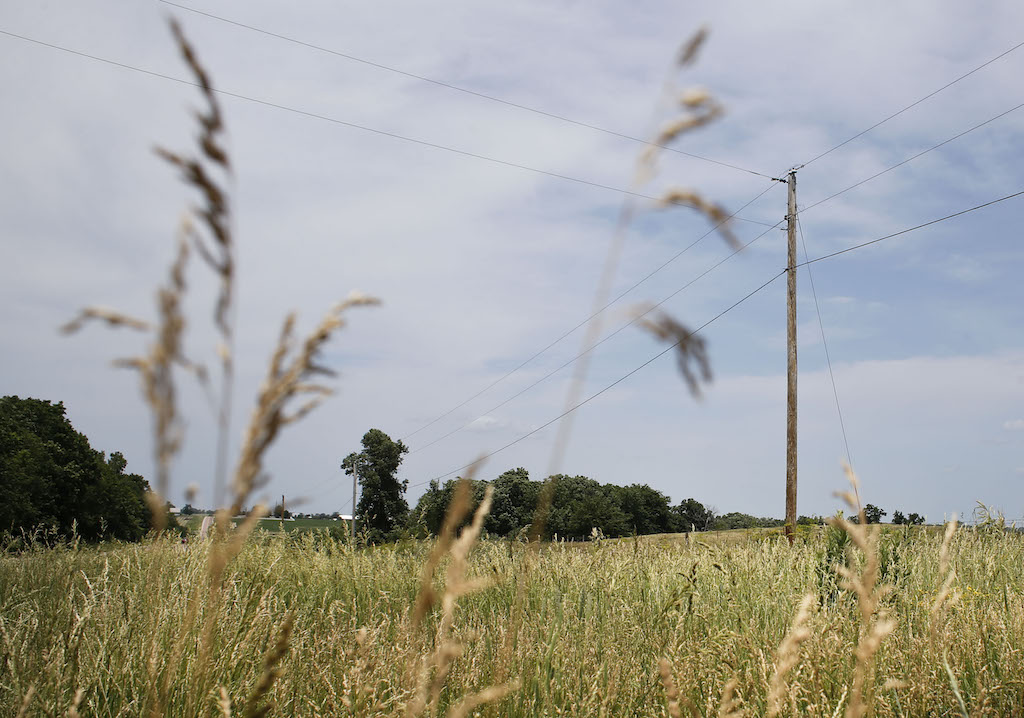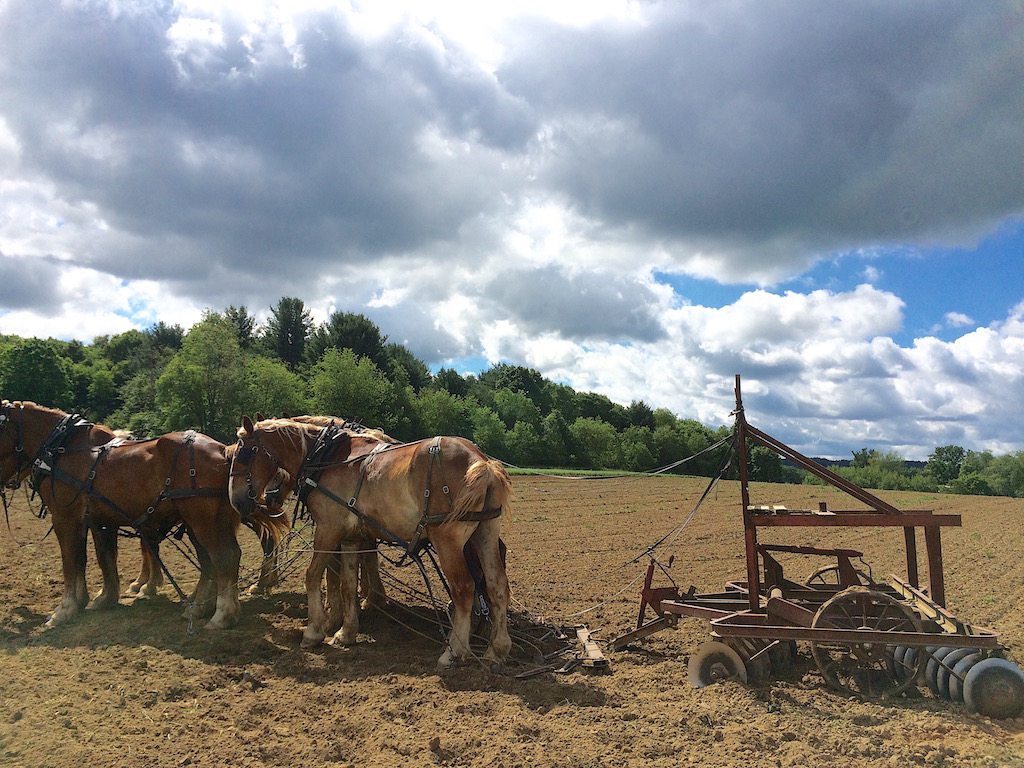
iStock / dmitry_7
As the pandemic deepens the digital divide, a $20 billion rural broadband auction offers more of the same, critics say.
The Federal Communications Commission (FCC) on Thursday launched the first phase of its new Rural Digital Opportunity Fund auction, which will provide internet companies with $20 billion in subsidies over the next 10 years to build out broadband networks in underserved parts of the country. The funding will connect roughly 10 million Americans who don’t have any internet access or are on slow speeds, according to FCC Chairman Ajit Pai.
Pai has called the auction, which represents the commission’s largest investment ever in rural broadband, “the biggest and boldest step yet to bridge the digital divide” for rural America. But industry insiders, and even a fellow commissioner, say the program is deeply flawed and that FCC continues to rely on data that excludes the neediest Americans.
Rural broadband has been a federal policy priority since 2009, when Congress directed the FCC to develop a National Broadband Plan and ensure universal access. But a decade later, and after billions of dollars in subsidies to internet providers, the urban-rural gap persists, with rural Americans over 10 times more likely to lack quality broadband access.
“We’ve always needed broadband to connect with society, and the FCC itself has said that broadband is necessary for almost every facet of everyday life.”
During the Covid-19 pandemic, access has become a daily essential: millions of children in rural and Southern states whose families lack high-speed internet have been locked out of virtual classes, sending them in search of stronger signals in parking lots and fast-food restaurants. Smaller-scale farmers, who already derive most of their income from off-farm sources, struggle to work other jobs online.
“We’ve always needed broadband to connect with society, and the FCC itself has said that broadband is necessary for almost every facet of everyday life,” said Jenna Leventoff, senior policy counsel at Public Knowledge, a Washington, D.C.-based consumer advocacy group. “And that’s more clear than ever with a pandemic.”
The auction will proceed in two phases, with the first phase of grants—worth over $16 billion—being awarded to internet providers next year. Those funds will be directed to census blocks where no provider reports offering 25-megabits-per-second (Mbps) downloads and 3-Mbps-uploads, which the FCC defines as baseline broadband speeds.
“They suggest wireless service is available when it’s not. They say signals are strong when the lived experience of those who reside there will very clearly and quickly tell you otherwise.”
Bidders include some of the country’s largest phone and cable companies, like Verizon, US Cellular, CenturyLink, Altice and Cox. Rural electric co-operatives, small wireless providers, and satellite companies like SpaceX are also expected to participate. Recipients will have to offer broadband to 40 percent of households in their proposals within three years, and to complete the whole buildout in six.
Critics, however, say the FCC’s auction process has a fundamental flaw. It relies on broadband maps generated by data, mostly submitted by internet companies, that vastly overstate coverage that currently exists in a given area. Due to provisions against “overbuilding,” providers that would offer a competing service are ineligible for subsidies, leaving those rural communities, who are supposedly covered, in the dark.
“More often that not … they don’t get it right,” Jessica Rosenworcel, an FCC commissioner, said in a statement on Thursday. “They suggest wireless service is available when it’s not. They say signals are strong when the lived experience of those who reside there will very clearly and quickly tell you otherwise.”
The 3-Mbps upload speeds are barely fast enough for people accustomed to sending huge, data-rich files, like doctors, photographers, or high-tech precision farmers—much less the millions of American families now making Zoom calls every day from home.
Rosenworcel has criticized Pai for proceeding with the auction without collecting better, more granular data. Currently, the FCC counts a census block as served if only one home on the block has service. Under a new data system, service providers must include geospatial maps to identify more unserved homes and businesses, but that won’t be reflected in the first round of subsidies, ArsTechnica reported.
[Subscribe to our 2x-weekly newsletter and never miss a story.]
The other issue, critics say, is that the broadband service subsidized by the auction is just too slow. The 3-Mbps upload speeds are barely fast enough for people accustomed to sending huge, data-rich files, like doctors, photographers, or high-tech precision farmers—much less the millions of American families now making Zoom calls every day from home. The video conference software recommends 2-Mbps upload per call, which means that the FCC’s definition of broadband doesn’t support two or more people making video calls at a time.
“Sticking with the 3-Mbps definition of broadband makes no sense. I contend that 3-Mbps is massively out of touch with the needs of the average home,” writes Doug Dawson, a tele-communications consultant. “The FCC doesn’t just think that 25/3 is adequate broadband today. They think that is okay broadband six years from now.”
“The FCC doesn’t just think that 25/3 is adequate broadband today. They think that is okay broadband six years from now.”
Of course, this being 2020, the seemingly non-partisan issue of internet connectivity has already invited political rancor. Politico reports that Democrats wanted FCC to fix its broadband maps before disbursing billions in subsidies, while Republicans have countered that maps correctly identify areas that are completely unserved. The Moving Forward Act, a bill that would have authorized $80 billion in broadband upgrades and investments, stalled in the Republican-controlled Senate after passing the House of Representatives in July.
Meanwhile, the Department of Agriculture (USDA), which oversees a smaller rural broadband pilot, has hurriedly released a flurry of grants and loans in the run-up to next week’s election. In September and October, the agency announced over $516 million in ReConnect rural broadband grants and loans, drawing from a $550 million pot that Congress authorized last December, according to press releases emailed to The Counter.
For their part, both president Trump and Joe Biden have pledged to spend billions on rural broadband in their administrations, should either win the election.



